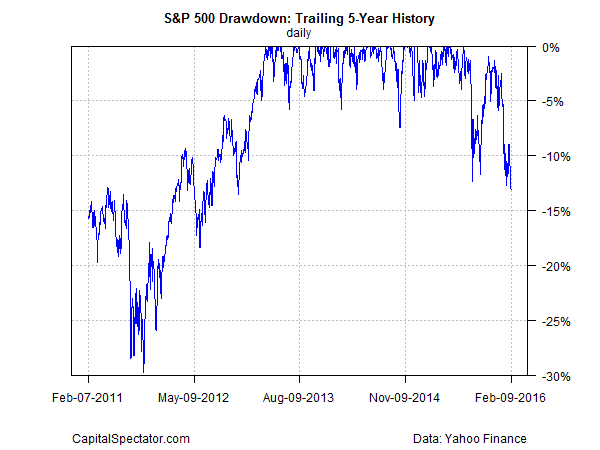What's in your strawberry yogurt?
by Kara Lilly, Investment Strategist, Mawer Investment Management
The Keystone Business Model
A giant bowl of squished strawberries sits in front of me. And next to it, a tub of plain yogurt. I am attempting to mix the two together until my concoction tastes like the strawberry yogurt I am used to buying in the supermarket. Unfortunately, my attempts are failing abysmally—my yogurt is still bland and I am now covered in strawberry juice.
So why am I bothering to make my own strawberry yogurt when I could easily buy it at the store? The catalyst for my experiment was a casual conversation with Christian (co-manager of the Global Small Cap Fund) on the subject of strawberries.
Christian had noted in a meeting that the annual global harvest of strawberries was not large enough to meet the annual U.S. demand for strawberry yogurt. What then, I asked, was in my strawberry yogurt?
“Ah, very good question,” he replied.
What followed was a conversation on the multi-billion dollar global food ingredients industry. It turns out that strawberry flavour, like many other flavours in processed foods, rarely comes from strawberries themselves. Instead, the strawberry flavour in strawberry yogurt is synthetically derived and manufactured by one of the global food ingredient makers—and bears little resemblance to the actual fruit.
The flavour in strawberry yogurt is an example of a business model that is often wealth-creating: a keystone business.
In architecture, the keystone is the wedge-shaped stone piece at the apex of a masonry arch. It is the final piece placed during construction and locks all stones into position, allowing the arch to bear weight. An arch cannot be self-supporting without this piece; yet paradoxically, it carries the least amount of weight.
A business model is said to be “keystone” when the product or service a business provides is critical but does not represent a major part of the purchaser’s overall cost structure. The net result is that keystone businesses often have pricing power, stickier clients, and a greater probability of generating wealth over time.
Food flavours fall into this camp. Flavour is arguably the most important factor in any food that is sold. Customers have very specific preferences for the flavours they desire and yet for many multinational food manufacturers like Nestle and Pepsi, flavour is not produced in-house. Instead, these companies rely on food ingredients makers like Frutarom and Kerry Group to provide them with a broad range of flavours such as strawberry, mint and orange.
At the same time, flavours usually only represent a marginal component of a food manufacturer’s overall product cost. According to Frutarom, flavours typically account for only 3-5% of the cost of the end product. This gives the flavour producer an obvious advantage: their products help define the brands using them but do not represent a major cost component to the purchaser. Thus, the flavour producer can afford to push up prices annually without much, if any, customer backlash. (Imagine if Cheetos opted to switch out of the “cheesy” flavor they have used for decades to save 2% on their gross costs!)
Of course, the keystone business model is not only found in the food industry. We see many sectors where this model exists. For example, it’s evident in the lubricants industry, where lubricants are used in large machines to minimize downtime, and in the cosmetics world, where specialty chemicals companies such as Croda provide some of the beneficial inputs to skincare cream.
The strength of the keystone business model was even reinforced by my ill-fated strawberry yogurt experiment. While intellectually I was motivated to re-create my favorite yogurt using actual strawberries, emotionally I craved the taste and familiarity of my usual brand.
And while I haven’t quite surrendered this fight, I find I’m still purchasing my regular yogurt (for research purposes, of course).
Kara Lilly, CFA
Investment Strategist














